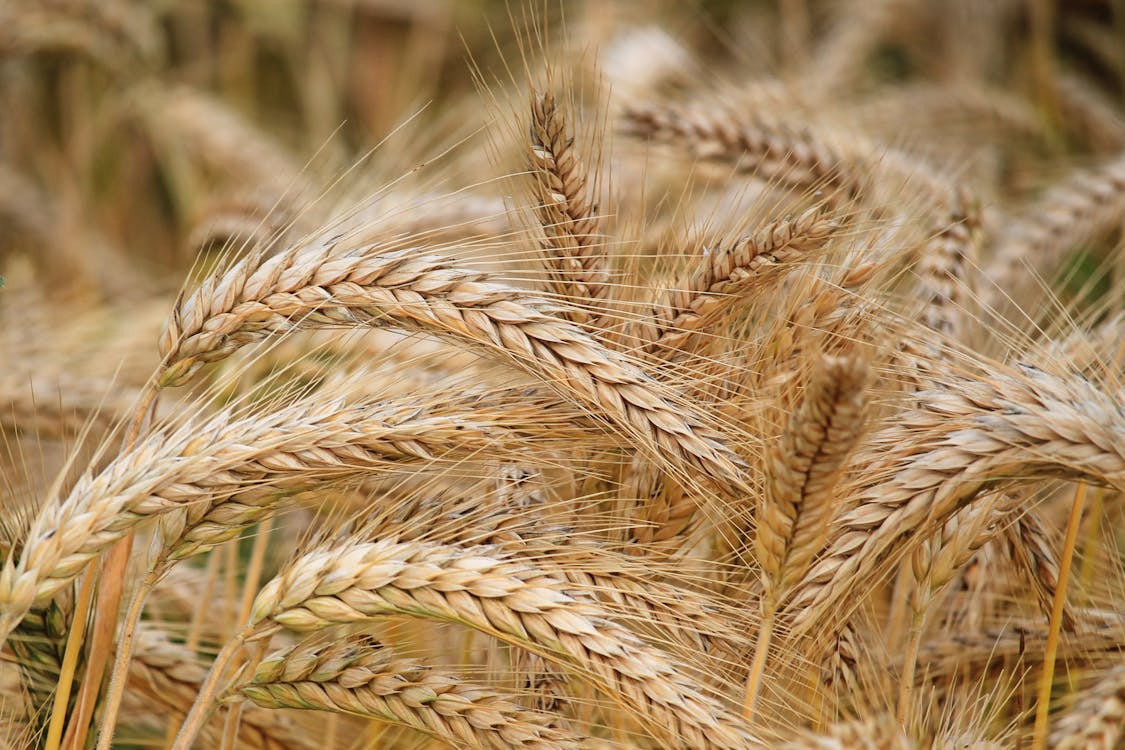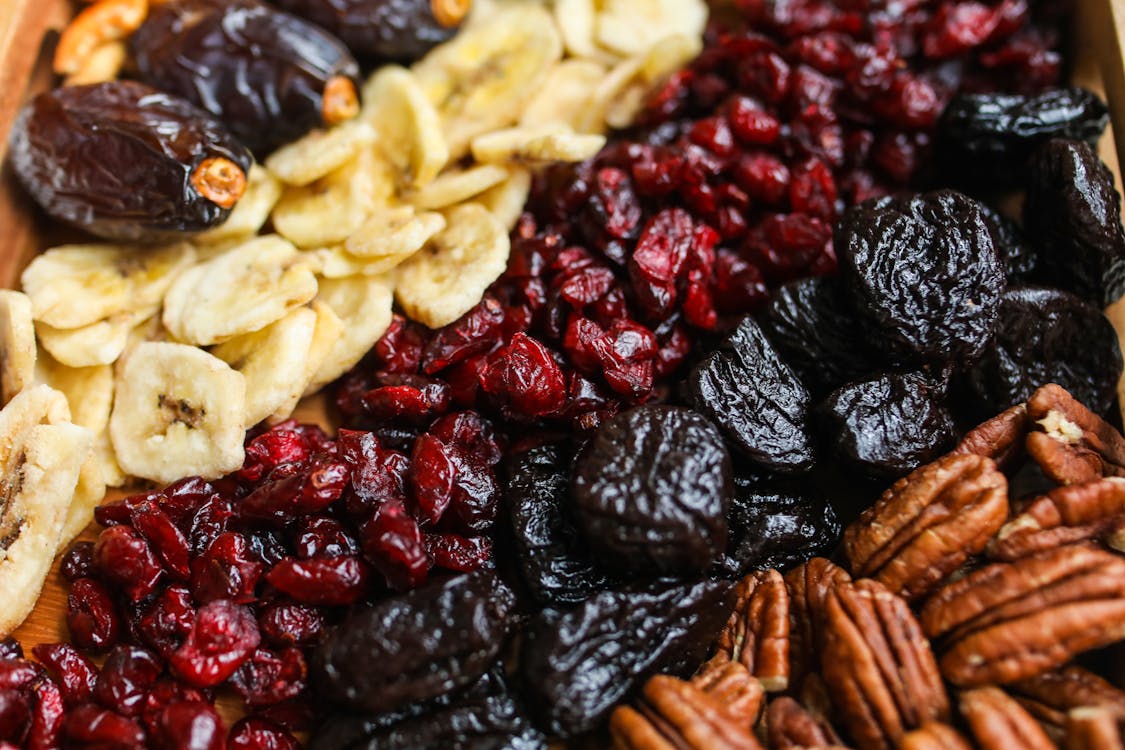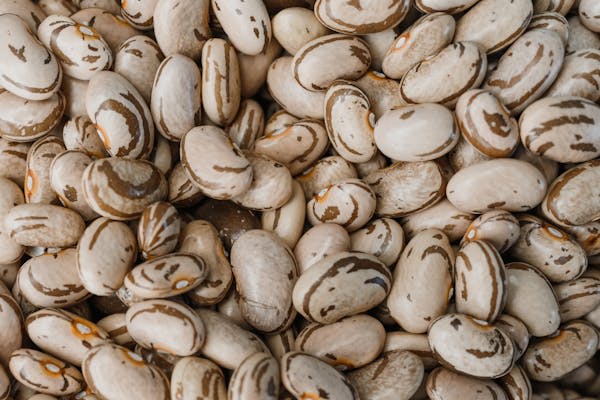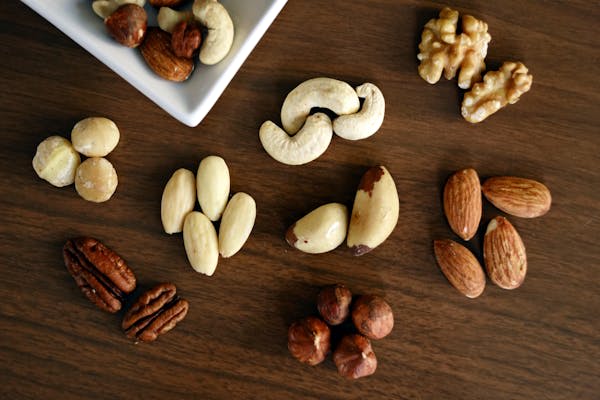What Is a Low-Fiber Diet?
What Is a Low-Fiber Diet?
Have you ever come across the “low fiber diet” and been left puzzled by it? After all, isn’t fiber supposed to be good for you? If you’re confused about this diet, you're not alone.
The world of nutrition is vast and varied, with all kinds of unique diets to explore. Today, we're setting our sights on the low-fiber diet, an intriguing dietary approach that may seem counterintuitive at first but does offer several benefits in specific scenarios.

What Is a Low Fiber Diet?
Fiber, a nutrient that’s naturally found in foods like fruits, vegetables, and whole grains, is a superstar in our diets. It's a complex carbohydrate that helps maintain our digestive health, keeps our cholesterol levels in check, and even assists in managing our weight.But what happens when we intentionally dial down on this beneficial nutrient? Enter the low-fiber diet, which involves reducing your intake of this nutrient to roughly 15 grams of fiber or less per day. To put it in perspective, that's significantly less than the daily recommended fiber intake of 25 grams for women and 38 grams for men. The diet is as simple as it sounds, with the goal of including more foods low in fiber and limiting those high in fiber.
What Foods Are Commonly Included in a Low-Fiber Diet?
What Foods Should be Avoided on a Low Fiber Diet?




When Is a Low-Fiber Diet Recommended?
Here are a few such examples when the ideal diet for you is one practically devoid of fiber:
- Digestive Disorders: Certain digestive conditions can benefit from a low-fiber diet, especially during a flare-up. This includes Crohn’s disease, ulcerative colitis, and diverticulitis. These inflammatory bowel diseases can cause the gastrointestinal tract to become sensitive and inflamed. A low-fiber diet can help reduce the frequency of bowel movements and give the digestive system a chance to rest and recover.
- Before Medical Procedures: If you're preparing for a medical procedure like a colonoscopy, your healthcare provider will likely recommend a low-residue diet. This is because high-fiber foods can remain in the intestine and interfere with the procedure. A low-fiber diet helps ensure a “clean slate,”' so to speak, making the procedure more effective and accurate.
- Post-Surgery Recovery: A low-fiber diet might be recommended after certain types of gastrointestinal surgery. This allows your digestive system to heal without the stress of processing and digesting high-fiber foods.
- Other Digestive Issues: If you're experiencing bouts of diarrhea or have recently had an episode of acute diverticulitis, a low-fiber diet can help manage these conditions. By reducing the amount of fiber you consume, you can decrease the volume and frequency of bowel movements, giving your digestive system a chance to recover and improve.
It's important to remember that a low-fiber diet is usually a temporary measure. Once the condition improves or the medical procedure is completed, you can usually go back to your normal programming — a regular, balanced diet.
What Are the Potential Drawbacks of a Low-Fiber Diet?
While a low-fiber diet can be helpful in certain situations, it's essential to understand that fiber is super important in our overall health. Here are a few of the potential drawbacks that you might experience by cutting back on fiber for an extended period:
- Digestive Health: Fiber is a champion when it comes to supporting our digestive health. It adds bulk to our stools, facilitating regular bowel movements and helping to prevent constipation. A long-term low-fiber diet could lead to constipation or other digestive issues.
- Heart Health: Dietary fiber, particularly soluble fiber, can help lower low-density lipoprotein (LDL) or “bad” cholesterol levels. This can support your heart health and reduce the risk of heart disease. A diet low in fiber might not provide these heart-healthy benefits.
- Blood Sugar Control: Fiber, especially from whole grains, can help slow the absorption of sugar into your bloodstream and prevent spikes in blood glucose and insulin. A low-fiber diet could make blood sugar management a bit harder, particularly for people with diabetes.
- Weight Management: High-fiber foods tend to be more filling, so they can help prevent overeating and support healthy weight management. A diet low in fiber might not make you feel as full, potentially leading to increased calorie intake and accidental weight gain.
- Nutrient Intake: High-fiber foods are typically nutrient-dense, providing a wide range of vitamins, minerals, and antioxidants. A low-fiber diet, particularly if it relies heavily on processed foods, might not offer the same level of nutrition.
Remember, though, that a low-fiber diet is generally a temporary measure, not a long-term change you’ll have to stick with forever. It's typically recommended for managing specific health conditions or preparing for medical procedures. Once the issue is figured out, most people can return to a diet rich in fiber.
Is a Low-Fiber Diet Right for You?
Following a low-fiber diet is a bit of a balancing act. On one hand, it can be helpful for certain medical conditions and procedures. On the other, fiber brings significant benefits to our overall health. While there are certain times when a low-fiber diet can be helpful, it’s not something that you should start on a whim.
Remember, every person’s health needs are unique, and what works for one person might not work for another. That's why it's important to consult with a healthcare provider or dietitian before significantly changing your diet. They can look at your specific circumstances and guide you on whether a low-fiber diet is the right move for you.
The world of nutrition can sometimes feel like a maze, but with the right information and professional advice, you can navigate it confidently. Whatever your dietary journey may be, here's to making informed choices and prioritizing your health!